Brew detective: in search of the perfect cuppa
Tea lovers should head to the source, says Chris Carter


It’s tea-picking season in the mountains of Xishuangbanna Prefecture in China’s Yunnan province, says Lisa See in National Geographic Traveller. Over the years, more and more visitors have come in search of Pu’erh, “the most valuable and collected of all the world’s teas”. The drink is the world’s second-most popular after water, and this is its birthplace. Pu’erh is grown on ancient tea trees, some of which are a thousand years old. No one waters or sprays them – they survive on their own – and the flavour of the tea from each tree is unique. People collect and savour Pu’erh teas that are up to 50 years old, while just a few grams can fetch $10,000.
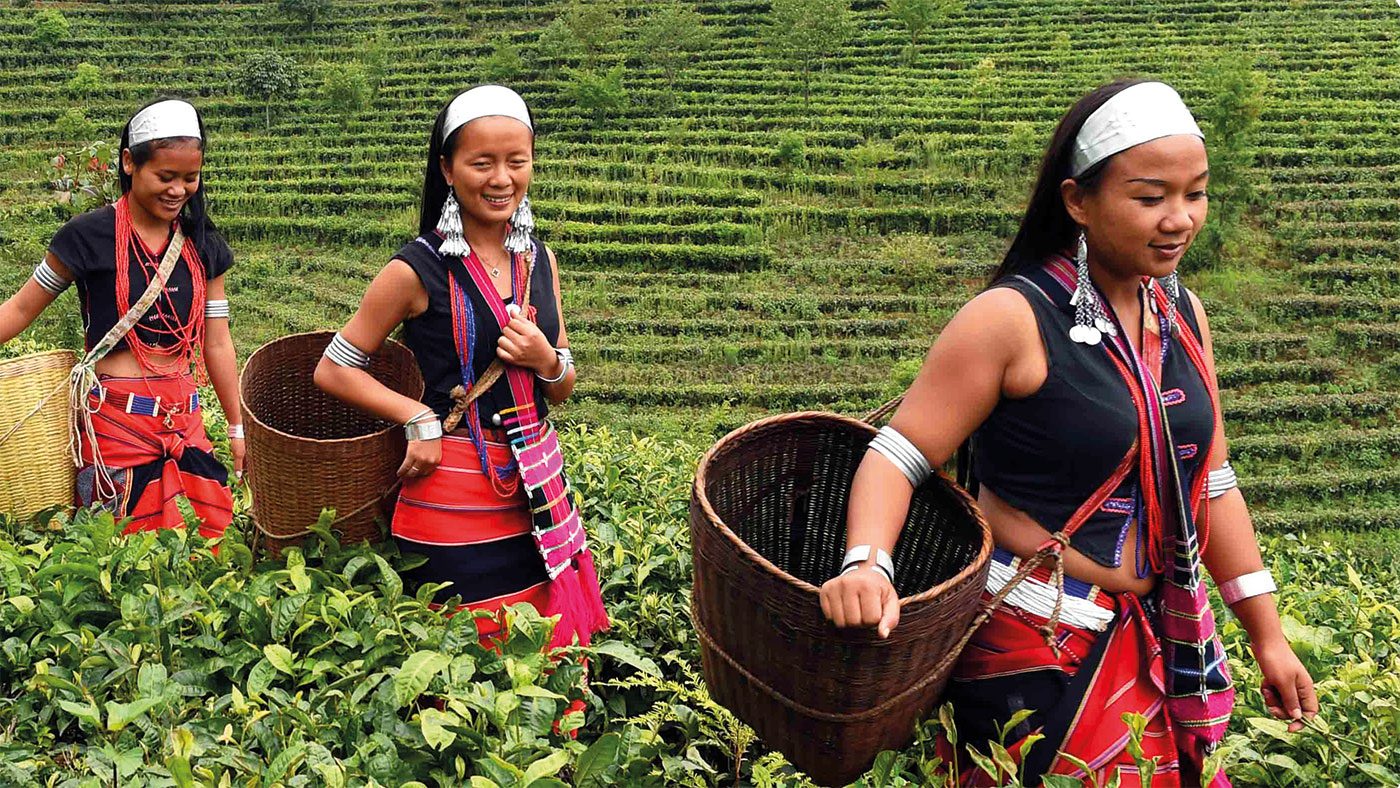
Tea “master” Chen Guo Yi, a local celebrity, takes See to the Tea Horse Ancient Road Scenic District in Menghai County. There are demonstration tea terraces, recreations of tea warehouses, tea processing rooms and an area where men and horses slept. For more than a thousand years, tea was carried from here in various directions – towards the capital, Hong Kong, Guangzhou, Vietnam, India and Thailand. “Tea is alive,” Chen tells See, “and every sip… opens our hearts to remember family, love, and hardships overcome.”
The Week
Escape your echo chamber. Get the facts behind the news, plus analysis from multiple perspectives.

Sign up for The Week's Free Newsletters
From our morning news briefing to a weekly Good News Newsletter, get the best of The Week delivered directly to your inbox.
From our morning news briefing to a weekly Good News Newsletter, get the best of The Week delivered directly to your inbox.
Caffeine highs
The Kau Coffee Festival runs from 26 April to 5 May on Hawaii island, says Jay Jones in the Los Angeles Times. Visitors can drop in to the Pahala Plantation House in the south coast village of the same name for music, food and traditional hula dancing. The festival’s highlight, however, is the hoolaulea, “a celebration of all things coffee”, featuring guided coffee tastings and informal chats with growers and roasters. If you can’t make it to the festival, then Kau Coffee Mill is open all year round.
Certainly the most unusual way of getting there is by air. Blue Hawaiian Helicopters’ new Craters & Coffee Tour lands guests at the mill for a “seed to cup” walking tour of the orchard, as well as the milling and roasting rooms. (From $439, bluehawaiian.com)
Those who enjoy taking their coffee by means other than imbibing it should head to Auberge Resorts’ Hacienda AltaGracia in Costa Rica. Its spa is the largest in Central America, says Eric Rosen on Travel + Leisure, while the Auberge Spa Mixology Bar treatment on offer is a tailor-made body exfoliation and massage using locally sourced ingredients, including coffee. ($255, aubergeresorts.com)
A free daily email with the biggest news stories of the day – and the best features from TheWeek.com

Chocolate treats
The Jade Mountain resort on the Caribbean island of St Lucia “has the feel of a spaceship that’s landed in an ancient civilisation, with futuristic walkways reaching out like wheel spokes from a central hub, and suites with infinity pools instead of walls”, says Alison Wood in Country Life. It is also exclusive. “If you see someone and you think it’s them, it probably is,” says Peter Jean-Paul, the executive manager of Jade Mountain’s sister resort, Anse Chastanet.
But the real star of the show is the Chocolate Lab. Here, “guests can learn to make their own sweet treats using cacao pods grown from one of the 2,000 trees on the estate”. Ingredients grown on the estate are used to flavour the chocolate – such as coffee beans, cashew and cinnamon. “I try the chipotle, which is 70% cocoa – the kick is subtle and it tastes delicious,” says Wood. “Most St Lucians grow cacao trees in their garden, and use the pods to make cocoa bread and tea,” Jean-Paul explains. “The older generation swear by it. It’s good for the blood.” (From $1,165, jademountain.com)
This article was originally published in MoneyWeek
-
 How drones have detected a deadly threat to Arctic whales
How drones have detected a deadly threat to Arctic whalesUnder the radar Monitoring the sea in the air
-
 A running list of the US government figures Donald Trump has pardoned
A running list of the US government figures Donald Trump has pardonedin depth Clearing the slate for his favorite elected officials
-
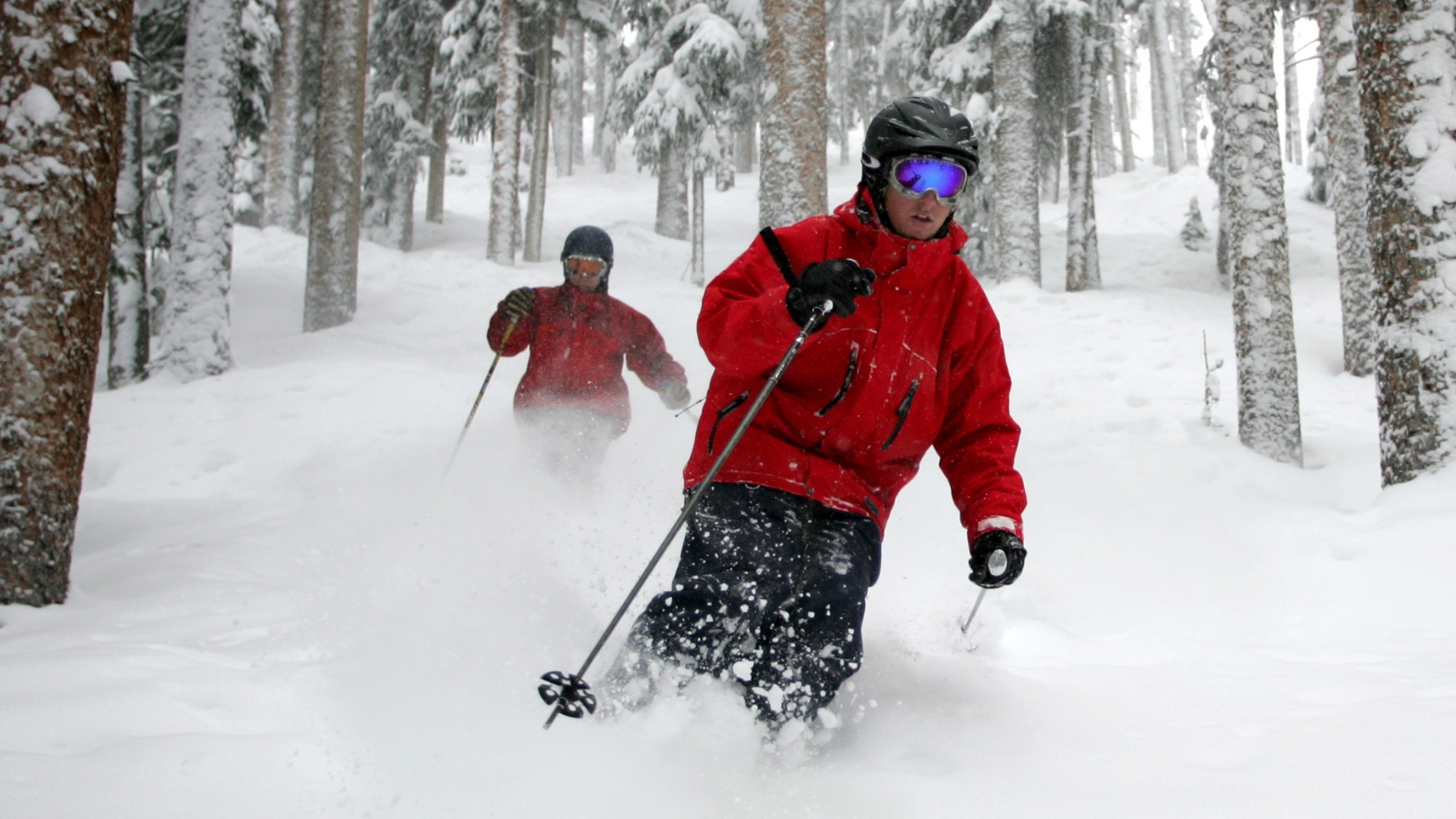 Ski town strikers fight rising cost of living
Ski town strikers fight rising cost of livingThe Explainer Telluride is the latest ski resort experiencing an instructor strike
-
 Sport on TV guide: Christmas 2022 and New Year listings
Sport on TV guide: Christmas 2022 and New Year listingsSpeed Read Enjoy a feast of sporting action with football, darts, rugby union, racing, NFL and NBA
-
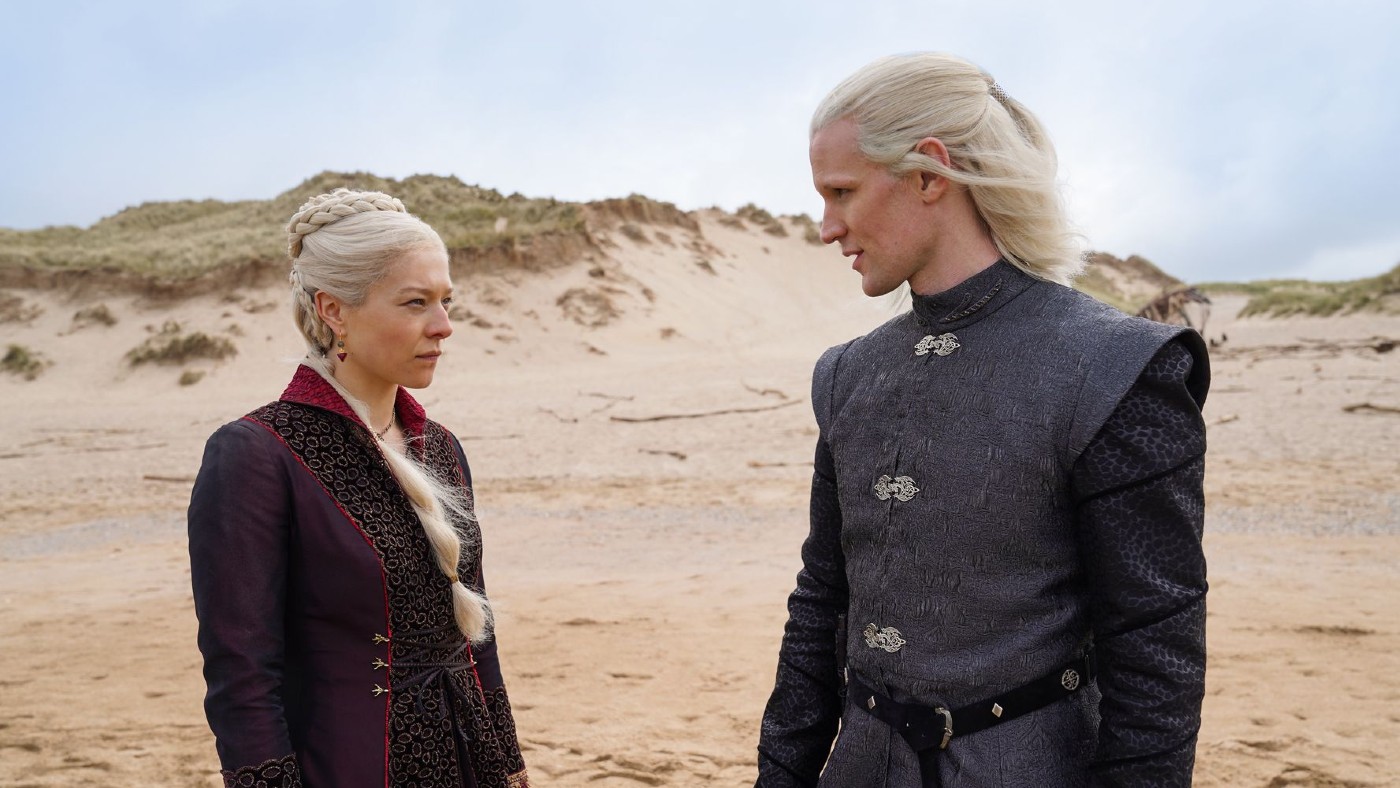 House of the Dragon: what to expect from the Game of Thrones prequel
House of the Dragon: what to expect from the Game of Thrones prequelSpeed Read Ten-part series, set 200 years before GoT, will show the incestuous decline of Targaryen
-
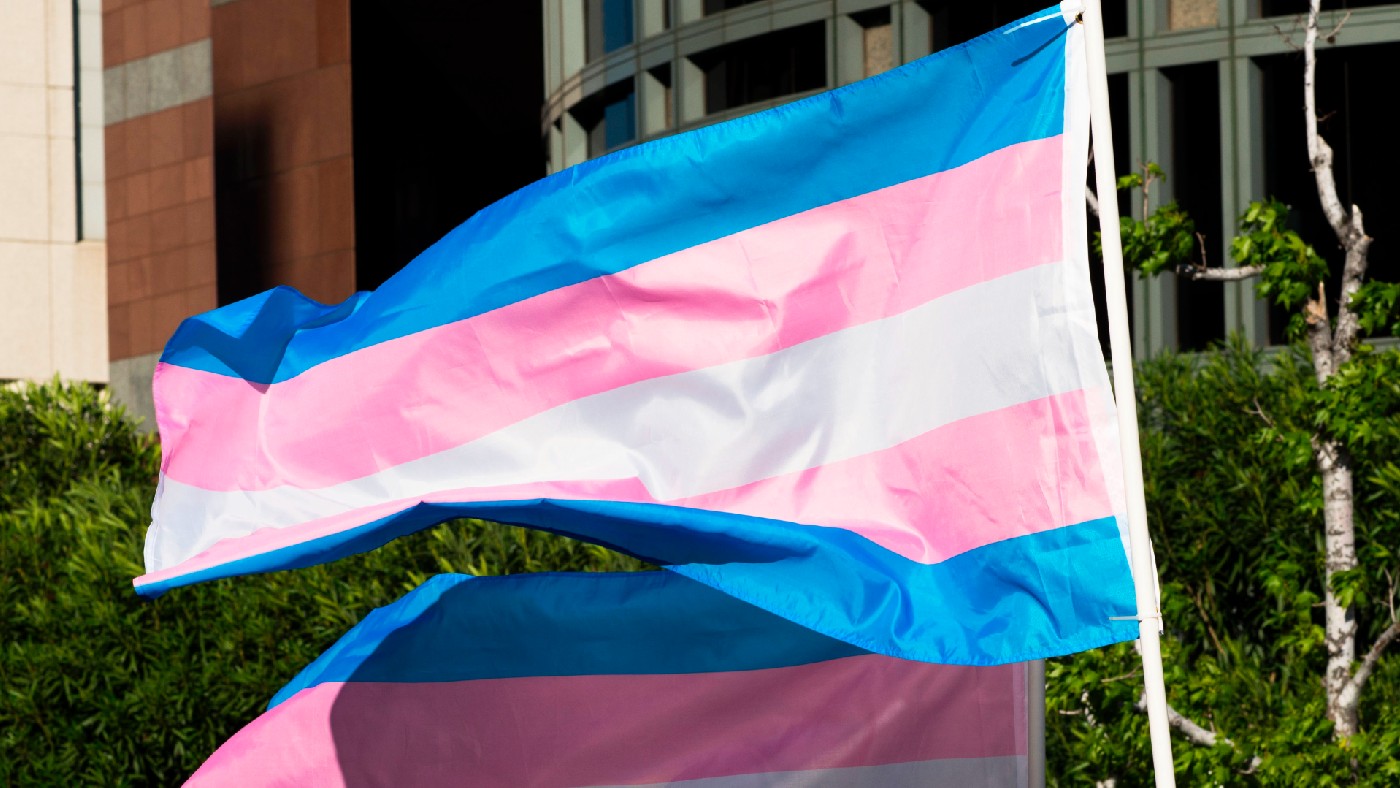 One in 20 young Americans identify as trans or non-binary
One in 20 young Americans identify as trans or non-binarySpeed Read New research suggests that 44% of US adults know someone who is transgender
-
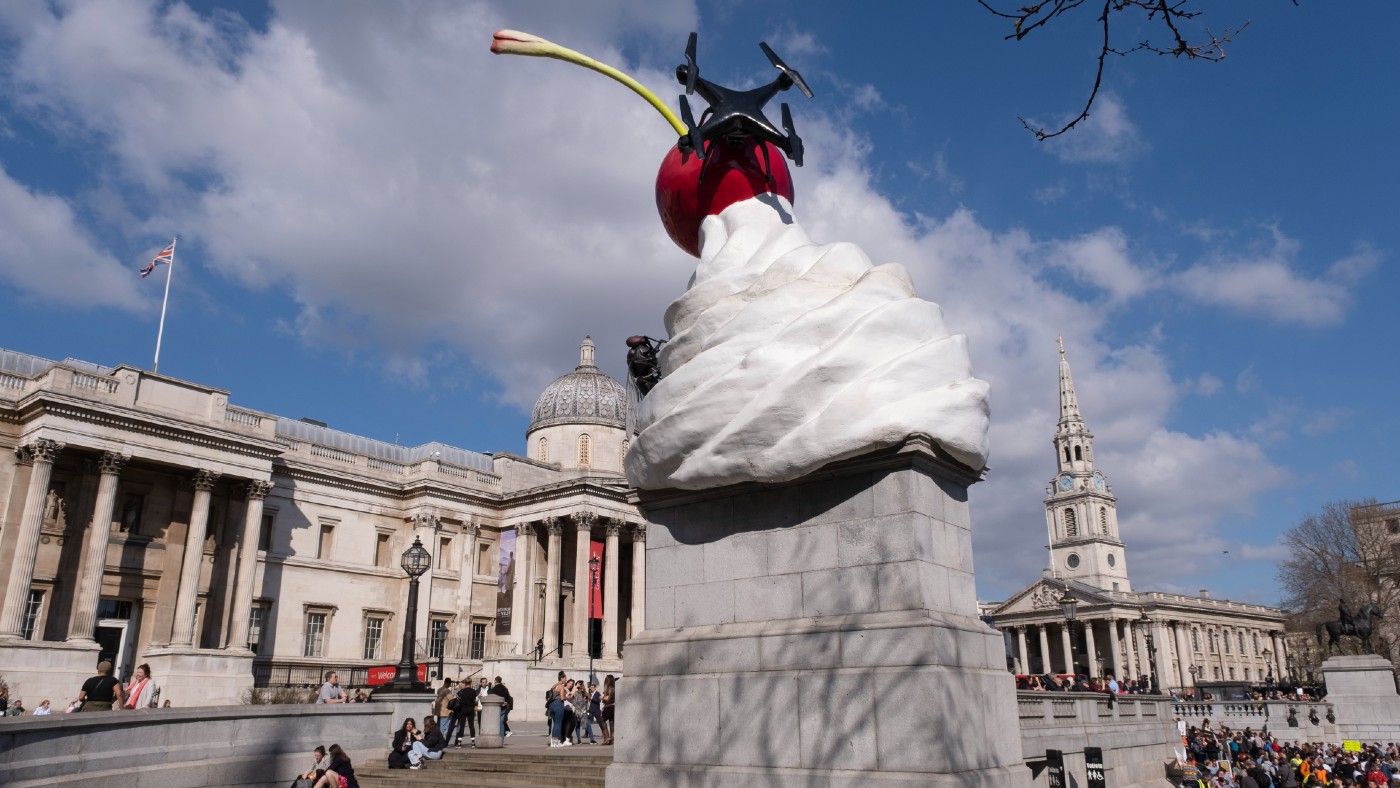 The Turner Prize 2022: a ‘vintage’ shortlist?
The Turner Prize 2022: a ‘vintage’ shortlist?Speed Read All four artists look towards ‘growth, revival and reinvention’ in their work
-
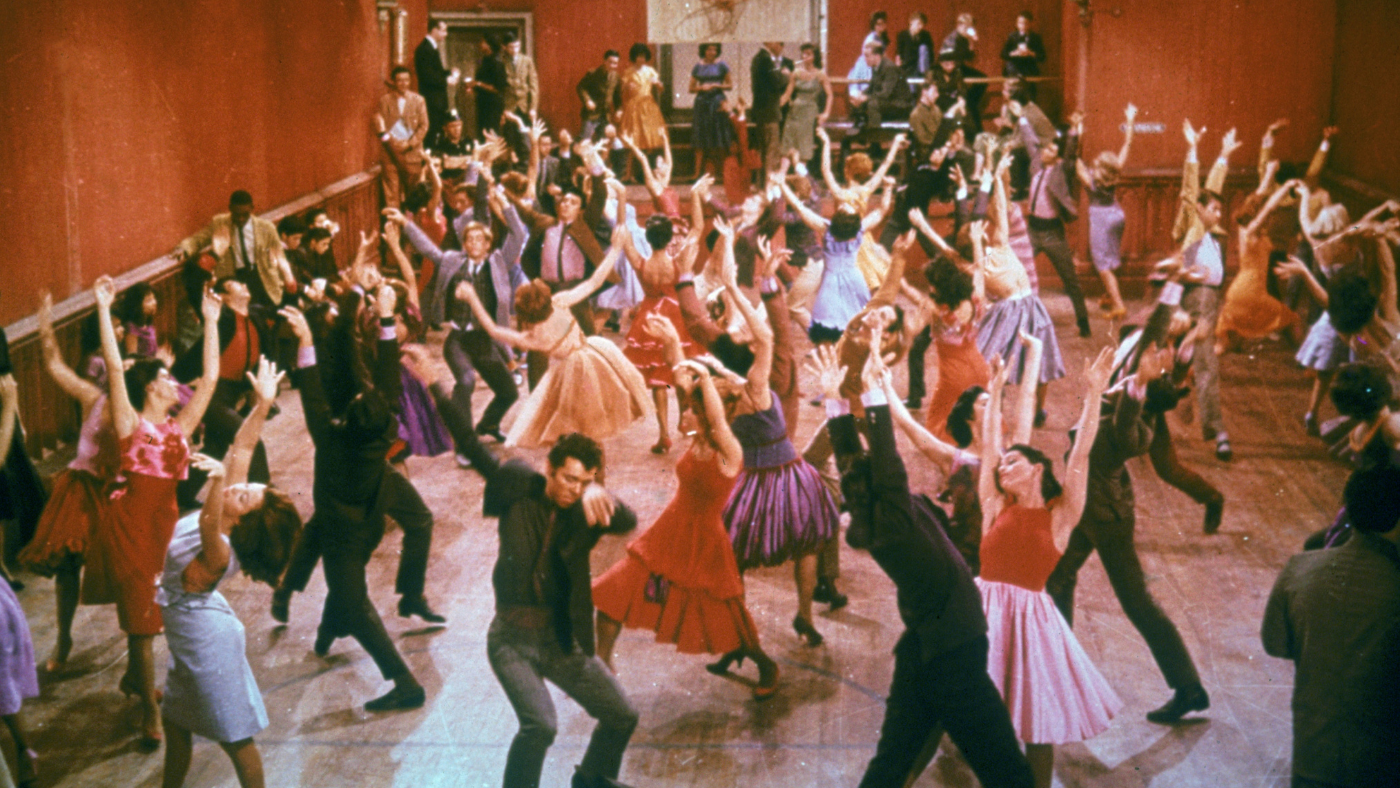 What’s on TV this Christmas? The best holiday television
What’s on TV this Christmas? The best holiday televisionSpeed Read From films and documentaries to musicals for all the family
-
 Coco vision: up close to Chanel opticals
Coco vision: up close to Chanel opticalsSpeed Read Parisian luxury house adds opticals to digital offering
-
 Abba returns: how the Swedish supergroup and their ‘Abba-tars’ are taking a chance on a reunion
Abba returns: how the Swedish supergroup and their ‘Abba-tars’ are taking a chance on a reunionSpeed Read From next May, digital avatars of the foursome will be performing concerts in east London
-
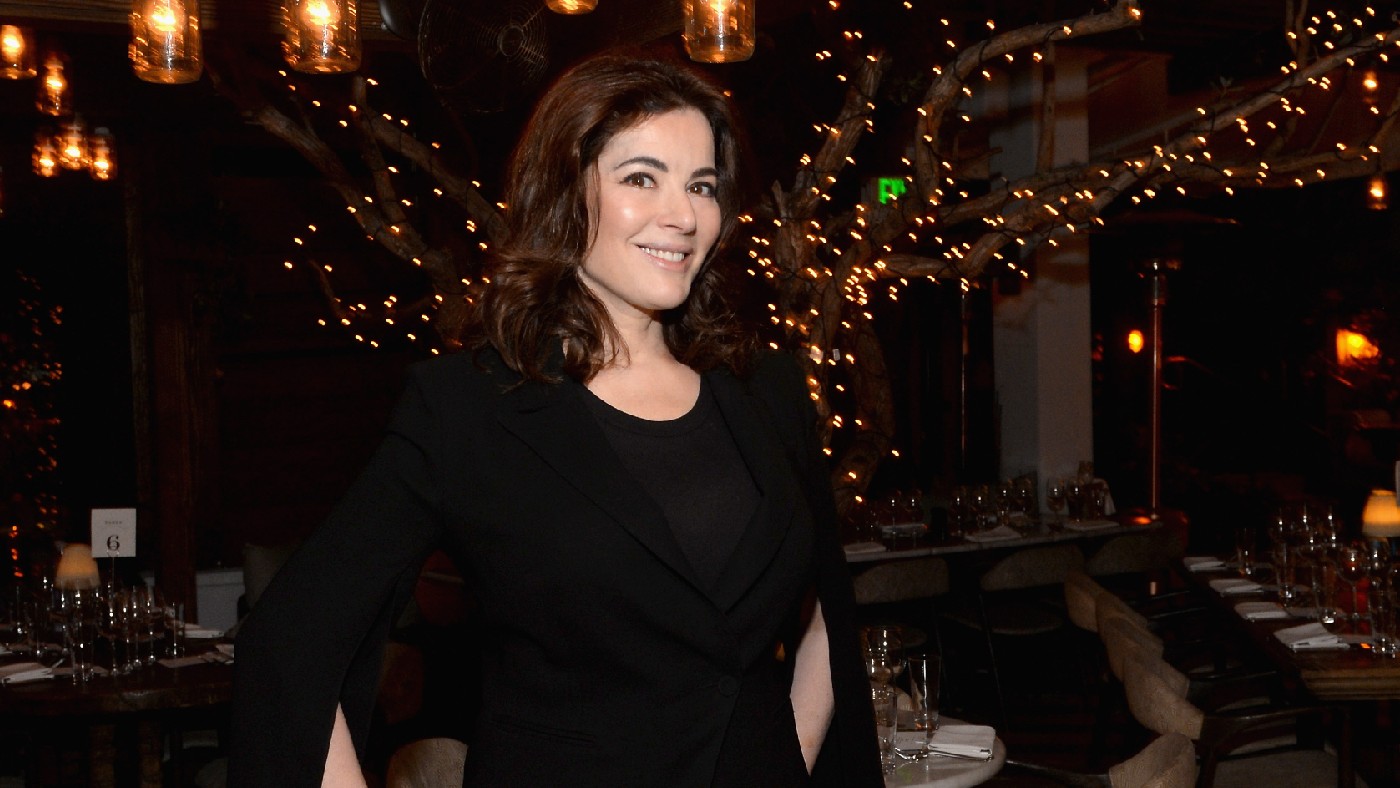 ‘Turning down her smut setting’: how Nigella Lawson is cleaning up her recipes
‘Turning down her smut setting’: how Nigella Lawson is cleaning up her recipesSpeed Read Last week, the TV cook announced she was axing the word ‘slut’ from her recipe for Slut Red Raspberries in Chardonnay Jelly